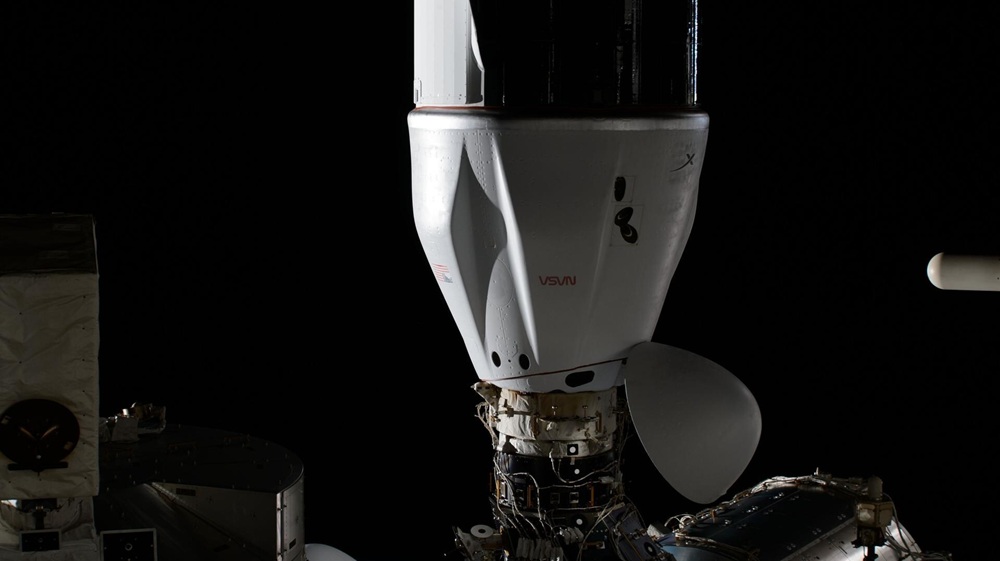TORONTO — SFL Missions Inc. has joined a select team led by NUVIEW GmbH to undertake a critical Pre-Phase A study for the European Space Agency’s (ESA) innovative Moonraker lunar mapping mission. This initiative forms part of ESA’s new Small Exploration Missions program, aiming to advance lunar exploration with cost-effective, high-impact technologies. The Moonraker mission will deploy a single orbiter equipped with a cutting-edge Light Detection and Ranging (LiDAR) system to produce an unprecedentedly detailed elevation map of the Moon’s surface.
The Moonraker spacecraft will operate in a low-altitude polar orbit, enabling comprehensive coverage of the lunar surface, particularly the polar regions. Its LiDAR payload will capture highly accurate elevation points, which will be used to generate precise 3D digital elevation models (DEMs). These models are critical for identifying and assessing future lunar landing sites, a key step toward sustained human and robotic presence on the Moon.
Beyond landing site selection, Moonraker’s LiDAR data will broaden scientific understanding of the Moon’s environment. The mission will scan permanently shadowed regions—areas that never receive sunlight and are believed to harbor water ice—providing vital clues about lunar resources. Additionally, the data will offer insights into the Moon’s geological structure and internal composition, enhancing knowledge that could influence future exploration and utilization strategies. The LiDAR instrument will operate in two modes: a broad-area scanning mode for mapping extensive polar regions and a high-resolution mode focused on specific sites of interest.
SFL Missions Inc. contributes its expertise in transit trajectory analysis, orbit design, and satellite platform conceptualization to the Moonraker project. Jesse Eyer, Space Missions Architect at NUVIEW, emphasized the importance of this collaboration: “As part of the Pre-Phase A contract led by NUVIEW, SFL Missions is supporting the mission concept by contributing to transit trajectory analysis, orbit design, and satellite platform conceptual design for Moonraker. We’re proud to collaborate on advancing this visionary lunar LiDAR initiative”.
The Pre-Phase A study involves rigorous mission analysis, including evaluating launch options and trajectories to optimize lunar orbit insertion. It also examines how orbital parameters influence spacecraft design and payload data collection. The system design focuses on accommodating the LiDAR payload, configuring the spacecraft layout, and sizing subsystems such as propulsion. Notably, the propulsion system is carefully sized to carry sufficient fuel for the transit phase and to maintain the operational orbit by counteracting perturbations caused by the Moon’s irregular gravity field. Detailed mission and system requirements are being developed to guide subsequent design phases, ensuring the mission’s technical feasibility and success.
NUVIEW GmbH, based in Berlin, Germany, serves as the prime contractor for this Pre-Phase A study. It is a wholly owned subsidiary of NUVIEW Inc., a pioneering company developing the world’s first commercial space-based LiDAR constellation for 3D Earth mapping. This background in advanced LiDAR technology positions NUVIEW uniquely to lead the Moonraker mission concept development.
SFL Missions Inc., headquartered in Toronto, Canada, is renowned for pushing the boundaries of small satellite capabilities. Building on the legacy of the Space Flight Laboratory (SFL), SFL Missions specializes in designing and producing small satellites that deliver high performance at lower costs. Their expertise includes advanced power systems, precise attitude control, and high-volume data capacity, enabling NewSpace companies to scale production efficiently through their Flex Production program. They also provide global launch arrangements and operate a mission control center with worldwide ground station access. This innovative approach makes SFL Missions a key enabler of cost-effective satellite constellations and missions like Moonraker.
The Moonraker mission, expected to operate for three years, will deliver unprecedented lunar elevation data with vertical accuracy better than one meter and precision down to one centimeter. This level of detail will be instrumental not only for future exploration missions but also for lunar science, resource identification, and surface operations planning.
As ESA advances this ambitious lunar mapping project, the collaboration between NUVIEW, SFL Missions, and other partners exemplifies the new era of small, agile, and technologically advanced space missions. By leveraging commercial innovation and expert engineering, Moonraker promises to significantly enhance humanity’s understanding of the Moon and pave the way for the next generation of lunar exploration.


![Artist's rendering of Moonraker, a smallsat mission that will map the lunar poles in unprecedented detail and de-risk future landing sites. [Credit: NUVIEW]](https://spacenewscast.com/wp-content/uploads/2025/06/Moonraker_Satellite_Rendering.jpg)


